In a recent campaign for a B2B SaaS client targeting a narrow slice of the fintech industry, our agency was able to increase lead quality by 243% and conversion rates by 87% in just 90 days. The secret? A hyper-targeted, niche-specific approach to lead generation that looks beyond vanity metrics to focus on attracting the most qualified prospects with pinpoint precision.
Defining a Qualified Lead in Niche Marketing
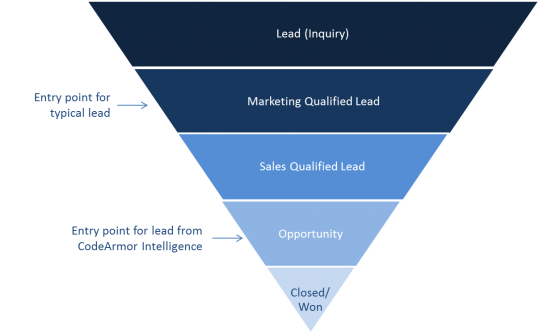
In niche marketing, a qualified lead is more than just a hand-raiser or a name on a list. It's someone who fits your ideal customer profile to a tee, demonstrating both the need and the willingness to engage with your unique solution. Generic lead generation tactics often fail to deliver on this level of specificity, casting too wide a net and attracting prospects who may never convert.
A Framework for Prioritizing High-Value Lead Sources
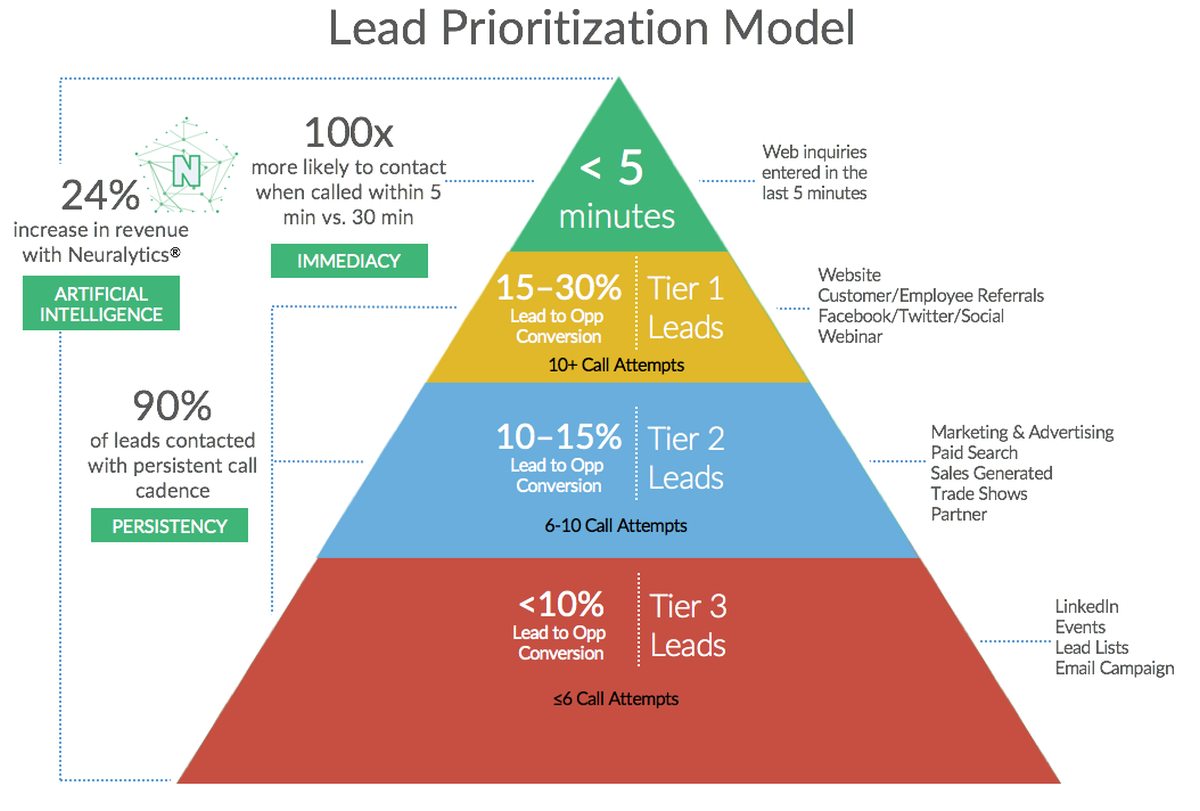
To identify and prioritize the highest-value lead sources for a given niche, we've developed a proprietary framework that takes into account key factors such as:
- Audience demographics and firmographics
- Buying behavior and decision-making process
- Competitive landscape and differentiation
- Channel propensity and engagement patterns
| Lead Source | Audience Alignment | Engagement Potential | Competitive Landscape | Overall Priority |
|---|---|---|---|---|
| Industry-Specific LinkedIn Groups | High | Medium | Low | High |
| Niche Trade Shows & Events | High | High | Medium | High |
| Sponsored Content in Industry Publications | Medium | Medium | High | Medium |
| Partnered Webinars with Complementary Brands | High | High | Low | High |
| Targeted PPC Advertising | Medium | High | High | Medium |
Using this framework, we were able to help a client in the boutique fitness industry increase lead quality by 158% by shifting their focus from broad-based social media advertising to a targeted mix of niche-specific partnerships, influencer marketing, and referral programs.
The Psychology of Niche Audiences

To truly resonate with niche audiences, it's essential to understand their unique pain points, aspirations, and decision-making triggers. This requires a deep dive into the psychology of your target persona, going beyond surface-level demographics to uncover the emotional drivers and subconscious biases that shape their behavior.
For example, when targeting C-suite executives in the enterprise IT space, we've found that messaging centered around “innovation” and “competitive advantage” tends to outperform more generic business benefits like “cost savings” or “efficiency.” By tapping into the specific motivations and language of this niche, we've been able to craft hyper-relevant experiences that drive engagement and conversion.
The Role of Thought Leadership in Niche Lead Gen
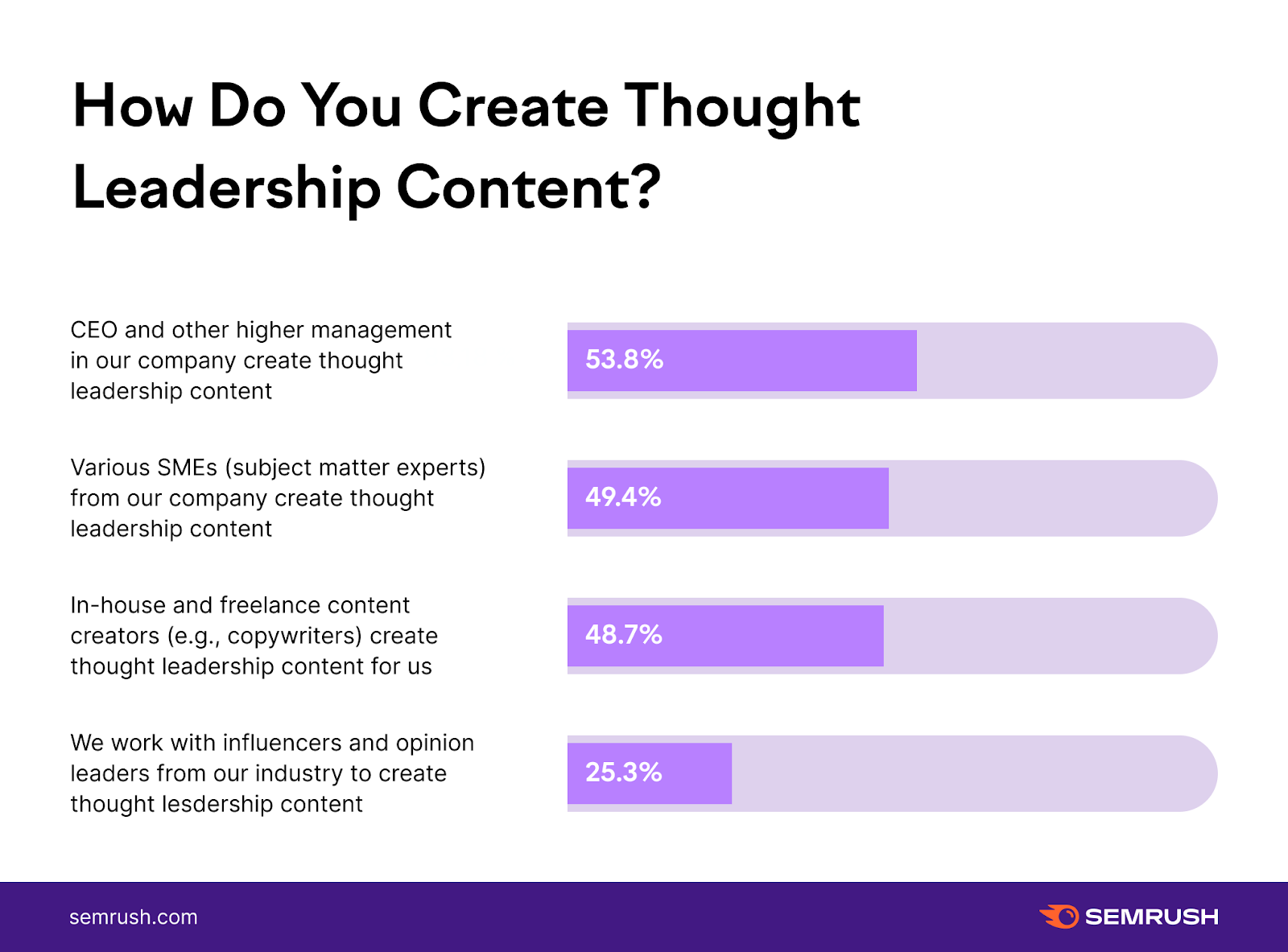
In niche markets, trust and credibility are everything. One of the most effective ways to establish your brand as a trusted advisor is through thought leadership content that showcases your deep subject matter expertise.
This can take many forms, from industry-specific whitepapers and webinars to executive roundtables and speaking engagements. The key is to provide genuine value and insight that goes beyond the usual talking points to address the unique challenges and opportunities of your niche.
Niche-Specific Lead Magnets and Distribution Channels
Not all lead magnets are created equal. What works for a broad audience may fall flat with a niche segment that has more specific needs and preferences. That's why it's important to tailor your lead magnet strategy to the unique characteristics of your target niche.
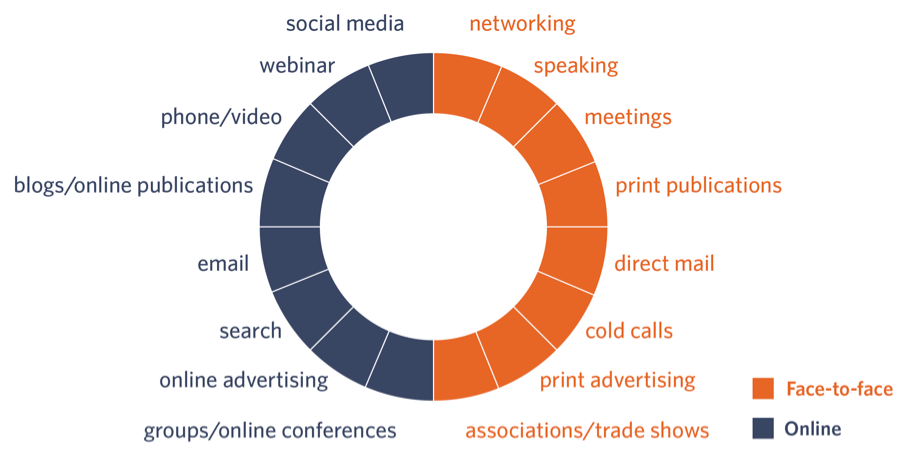
Some examples of niche-specific lead magnets that have proven effective for our clients include:
- Interactive calculators for B2B financial services firms
- Product configurators for niche manufacturing businesses
- Persona-based quizzes for consumer wellness brands
- Industry benchmarking reports for enterprise software companies
Similarly, the distribution channels you use to promote your lead magnets should be tailored to the niche you're targeting. While broad-based channels like social media and search can still play a role, you'll often see higher engagement and conversion rates from niche-specific platforms like industry publications, trade associations, and online communities.
Advanced Lead Capture and Qualification Tactics
Once you've attracted the attention of your niche audience, the next challenge is to capture their information and qualify them as a legitimate prospect. This is where advanced tactics like multistep forms, chatbots, and progressive profiling come into play.

Multistep forms, for example, can help to increase conversion rates by breaking the lead capture process into smaller, less daunting stages. By asking for only the most essential information upfront and then gradually gathering additional details over time, you can reduce friction and build trust with your prospects.
Chatbots, on the other hand, can be used to guide prospects through a more conversational and interactive lead qualification process. By asking targeted questions and providing personalized recommendations based on their responses, chatbots can help to surface the most qualified leads while delivering a more engaging user experience.
| Tactic | Ideal Use Case | Key Benefits | Example Tools |
|---|---|---|---|
| Multi-Step Forms | - High-Value Lead Magnets - Complex Products/Services |
- Increased Conversion Rates - Better Lead Quality |
- Typeform - Leadformly |
| Chatbots | - Qualifying Leads - Answering Common Questions |
- 24/7 Availability - Personalized Engagement |
- MobileMonkey - ManyChat |
| Progressive Profiling | - Long Sales Cycles - Multiple Stakeholders |
- Gradual Data Collection - Improved Lead Scoring |
- HubSpot - Marketo |
Niche-Specific Partnerships and Influencer Marketing
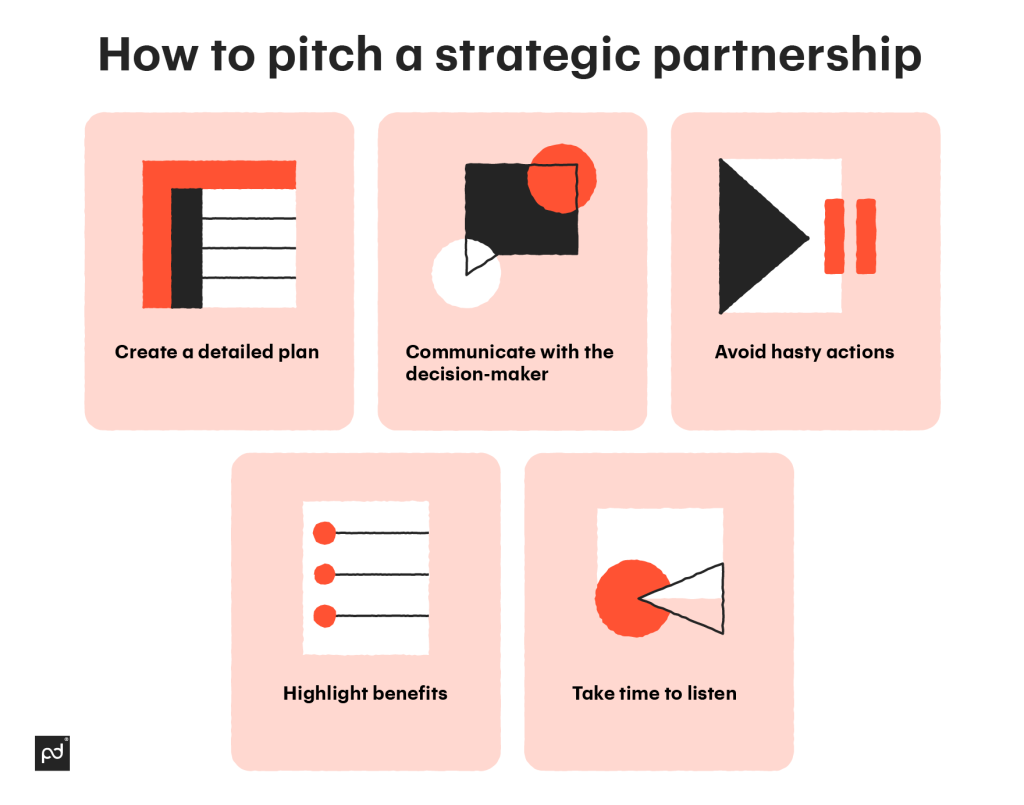
In niche markets, partnerships and influencer relationships can be a powerful way to expand your reach and tap into pre-qualified audiences. By aligning your brand with trusted voices and established players in your industry, you can instantly boost your credibility and attract the attention of your target persona.
| Partnership Type | Key Benefits | Potential Pitfalls | Success Metrics |
|---|---|---|---|
| Co-Branded Content | - Expanded reach - Increased credibility |
- Brand misalignment - Creative differences |
- Engagement rates - Lead quality |
| Influencer Product Reviews | - Trusted recommendations - Targeted exposure |
- Inauthenticity - FTC compliance |
- Referral traffic - Conversion rates |
| Joint Webinars | - Shared expertise - Lead list building |
- Promotion coordination - Technical difficulties |
- Registrations - Attendee-to-lead ratio |
The key is to be strategic in your partnership approach, focusing on collaborations that offer genuine value and relevance to your niche. Some examples might include:
- Co-branded content with a leading industry publication
- Joint webinars with a complementary solution provider
- Product reviews or endorsements from respected influencers
- Sponsored content in a niche-specific newsletter or community
The Role of Paid Media in Niche Lead Gen
While organic tactics like content marketing and SEO can be highly effective for niche lead generation, paid media can also play a critical role in expanding your reach and driving targeted traffic to your lead capture pages.
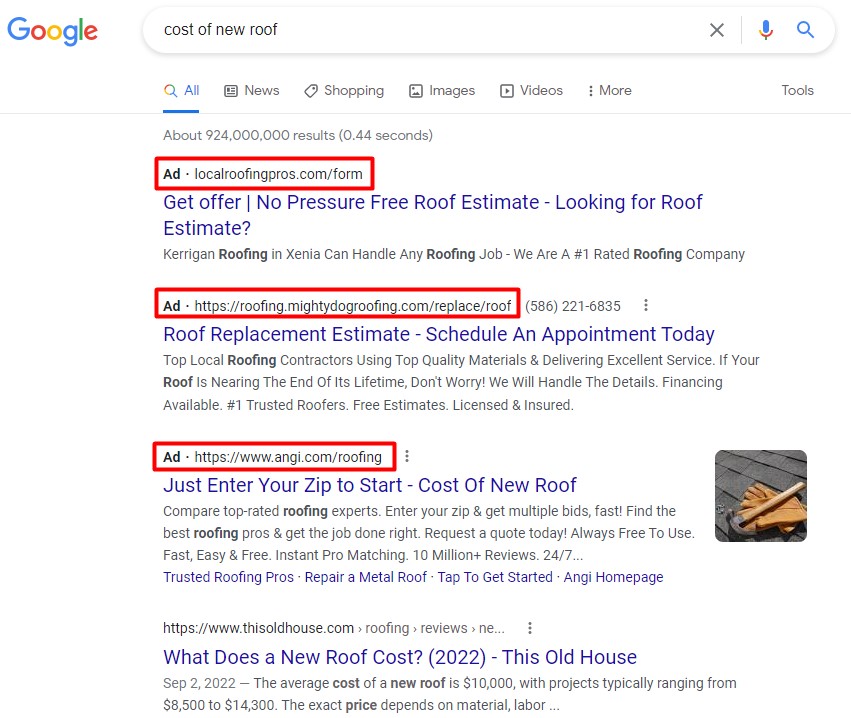
The key is to be highly strategic in your targeting and ad creative, focusing on the specific demographics, behaviors, and interests of your niche audience. This might involve tactics like:
- Leveraging account-based marketing (ABM) to target specific companies or decision-makers
- Using customer match or lookalike audiences to reach prospects similar to your best customers
- Developing ad creative that speaks directly to the unique pain points and motivations of your niche
- Testing and optimizing your landing pages for maximum relevance and conversion
| Channel | Targeting Options | Content Best Practices | Budget Considerations |
|---|---|---|---|
| LinkedIn Sponsored Content | - Job titles - Company size - Skills |
- Thought leadership - Industry news - How-to guides |
- Higher CPCs - Smaller audience size |
| Google Display Network | - In-market audiences - Custom intent - Remarketing |
- Testimonials - Product demonstrations - Strong CTAs |
- Larger reach - Varying ad formats |
| Facebook Lead Ads | - Interests - Behaviors - Lookalike audiences |
- Interactive quizzes - Gated content offers - Compelling visuals |
- Granular targeting - Mobile-first approach |
Designing a Niche-Specific Lead Nurturing Sequence
Once you've captured a qualified lead, the real work begins. To guide your niche prospects from initial interest to sales-readiness, you'll need a targeted lead nurturing sequence that delivers the right message at the right time.
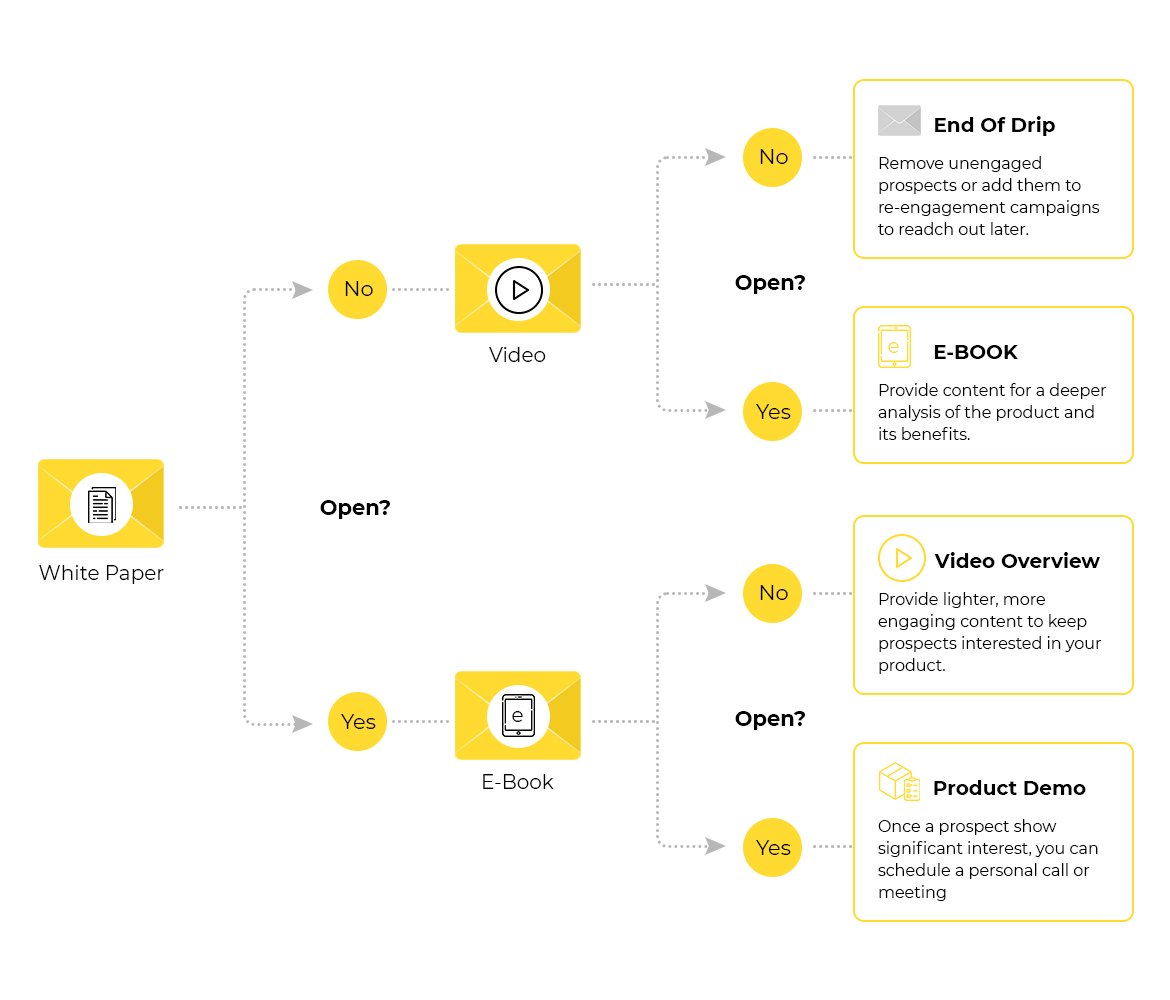
This might involve a series of emails, retargeting ads, direct mail pieces, or sales outreach, all designed to educate your prospects, build trust, and gradually move them towards a purchase decision. The key is to tailor your messaging and cadence to the unique buying journey and decision-making process of your niche audience.
For example, in the enterprise B2B space, we've found that a longer nurturing cycle of 6–12 months is often necessary to build the necessary trust and consensus among multiple stakeholders. In contrast, for a consumer niche like health and wellness, a shorter, more action-oriented sequence focused on driving trial or sample requests may be more effective.
The Long-Term Value of Niche Lead Generation
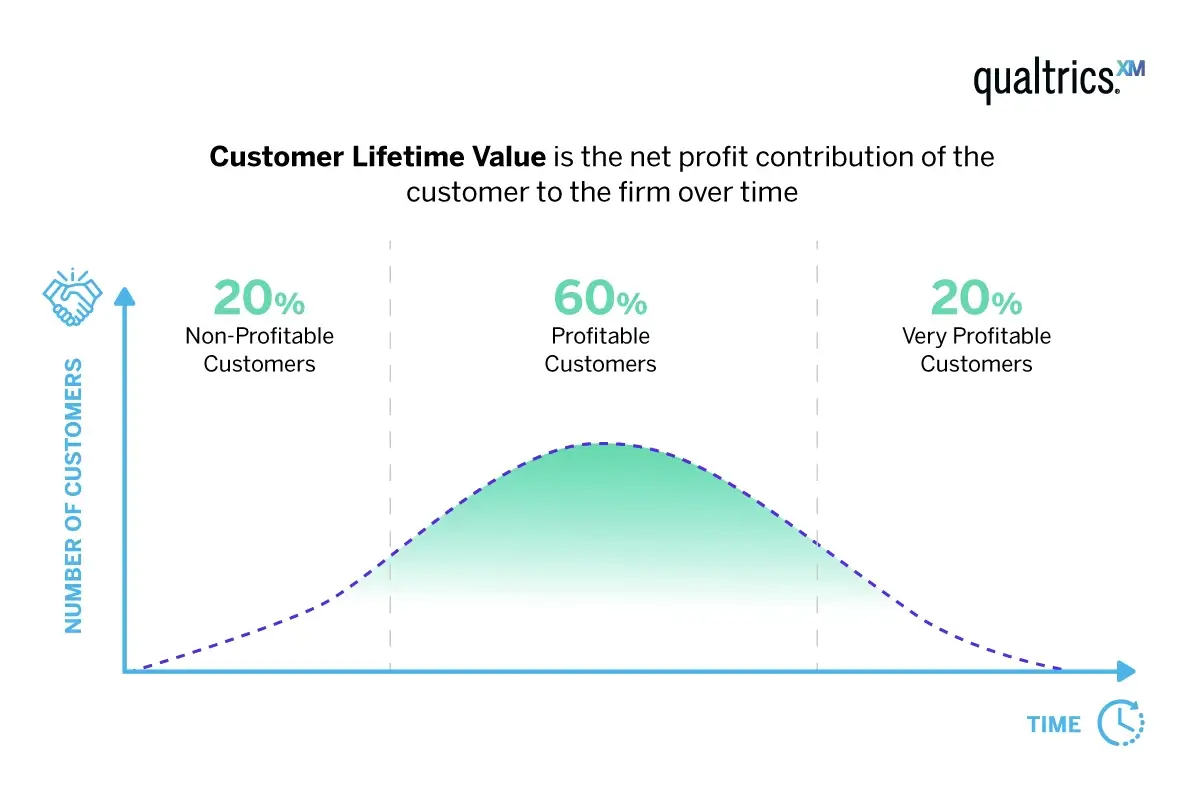
While niche lead generation may involve targeting a smaller total addressable market than a broad-based approach, the long-term business value can be significant. By attracting and converting the most qualified prospects in your space, you can build a loyal customer base that drives sustainable growth and referral business over time.
| Niche | Average Customer Lifetime Value | Average Retention Rate | Referral Rate |
|---|---|---|---|
| Enterprise B2B | $120,000 | 85% | 20% |
| Mid-Market B2B | $50,000 | 70% | 15% |
| Consumer Wellness | $3,000 | 60% | 30% |
| Professional Services | $10,000 | 80% | 25% |
In fact, research has shown that niche businesses often outperform their more generalist counterparts in key metrics like customer lifetime value, retention rates, and profitability. By investing in a robust niche lead generation engine, you're not just filling your pipeline today, but building a foundation for long-term success in your industry.
Niche lead generation is both an art and a science, requiring a deep understanding of your target audience, a strategic approach to channel selection and messaging, and a commitment to continuous testing and optimization.
By following the advanced strategies and tactics outlined in this guide, you can develop a powerful lead generation engine that attracts your ideal customers with laser precision. It builds trust and credibility in your niche, and drives sustainable business growth for years to come.
Remember, the key is to start with a clear understanding of your niche persona, develop a tailored mix of lead magnets and distribution channels, leverage partnerships and influencer relationships, and design a nurturing sequence that guides your prospects from initial interest to sales-readiness.
With the right approach and a commitment to continuous improvement, niche lead generation can be a game-changer for your business, helping you stand out in a crowded market and attract the most valuable customers in your space.
FAQ
1. What exactly is niche lead generation, and how does it differ from general lead generation?
Niche lead generation is the process of targeting and attracting potential customers within a specific, narrow market segment. Unlike general lead generation, which casts a wide net, niche lead generation focuses on understanding and addressing the unique needs, challenges, and preferences of a particular audience subset.
2. Why is niche lead generation important for businesses in specialized industries?
Niche lead generation is crucial for businesses in specialized industries because it allows them to cut through the noise and competition of broader markets, establish their expertise and credibility, and build stronger, more profitable relationships with their ideal customers.
3. How can I identify the most valuable lead sources for my niche?
To identify the most valuable lead sources for your niche, start by developing a deep understanding of your target audience's demographics, behavior patterns, and engagement preferences. Then, evaluate potential lead sources based on factors like audience alignment, reach, and conversion potential, and prioritize those that offer the best fit and ROI.
4. What are some common mistakes to avoid in niche lead generation?
Some common mistakes to avoid in niche lead generation include:
- Failing to clearly define and understand your target audience
- Relying too heavily on generic, one-size-fits-all messaging and tactics
- Neglecting to build trust and credibility through thought leadership and partnerships
- Overlooking the importance of lead nurturing and follow-up
- Chasing short-term gains at the expense of long-term relationship-building
5. How can I create lead magnets that resonate with my niche audience?
To create lead magnets that resonate with your niche audience, focus on addressing their specific pain points, challenges, and aspirations. Use your industry expertise to provide valuable, actionable insights and solutions, and experiment with different formats like whitepapers, templates, tools, and quizzes to find what works best for your audience.
6. What role does thought leadership play in niche lead generation, and how can I establish myself as an expert in my field?
Thought leadership is essential in niche lead generation because it helps you build trust, credibility, and authority with your target audience. To establish yourself as an expert, focus on creating and sharing high-value, original content that showcases your unique insights and perspectives. Seek out opportunities to speak, write, and contribute to industry conversations, and collaborate with other respected voices in your niche.
7. How can I use partnerships and influencer marketing to expand my reach and attract more qualified leads?
Partnerships and influencer marketing can be powerful tools for expanding your reach and attracting more qualified leads in niche markets. Look for complementary businesses, industry associations, and thought leaders who share your target audience and values, and explore opportunities to co-create content, cross-promote offerings, and tap into each other's networks. Be sure to choose partners and influencers who align with your brand and can deliver authentic, relevant value to your audience.
8. What are some advanced tactics for capturing and qualifying leads on my website?
Some advanced tactics for capturing and qualifying leads on your website include:
- Implementing multi-step forms and progressive profiling to gather lead information gradually and minimize friction
- Using chatbots and live chat to engage visitors in real-time and guide them through the lead generation process
- Personalizing content and offers based on visitor behavior, interests, and stage in the buying journey
- Leveraging social proof and trust signals like testimonials, case studies, and security badges to build credibility and overcome objections
9. How can I design a lead nurturing sequence that guides my niche prospects from initial interest to sales-readiness?
To design an effective lead nurturing sequence for your niche prospects, start by mapping out the key stages and decision points in their buying journey. Then, create a series of targeted touchpoints (such as emails, retargeting ads, and sales outreach) that provide relevant, value-added content and guidance at each stage. Use marketing automation and CRM tools to manage and optimize your sequences, and continuously monitor and adjust your approach based on lead behavior and feedback.
10. What are some key metrics and KPIs I should track to measure the success of my niche lead generation efforts?
Some key metrics and KPIs to track for niche lead generation include:
- Lead volume and growth rate
- Lead quality and conversion rate
- Cost per lead and customer acquisition cost
- Revenue and ROI by lead source and campaign
- Customer lifetime value and retention rate
- Net Promoter Score and customer satisfaction
By regularly monitoring and analyzing these metrics, you can gain valuable insights into the effectiveness of your niche lead generation strategies and make data-driven decisions to optimize your approach over time.




